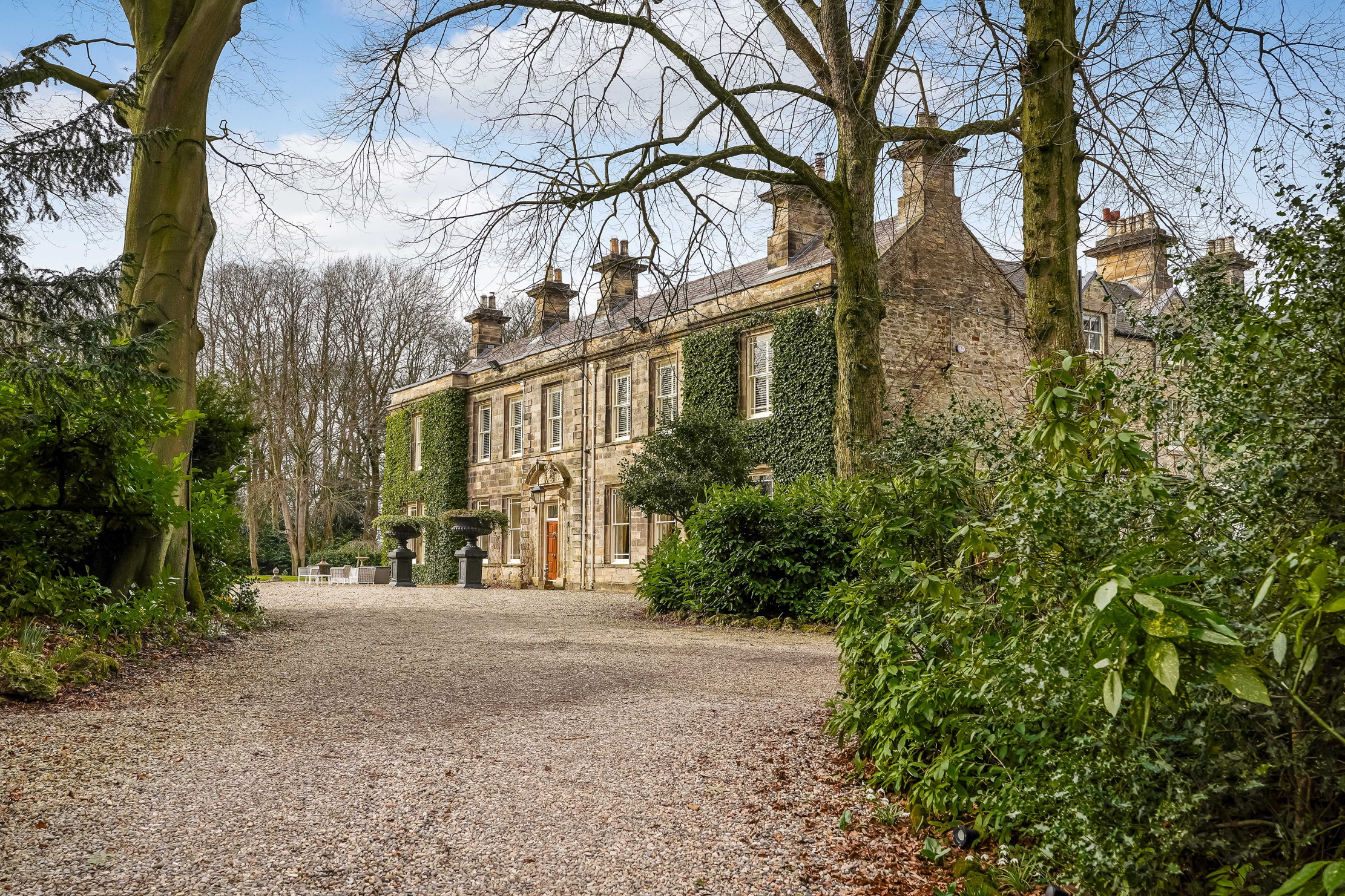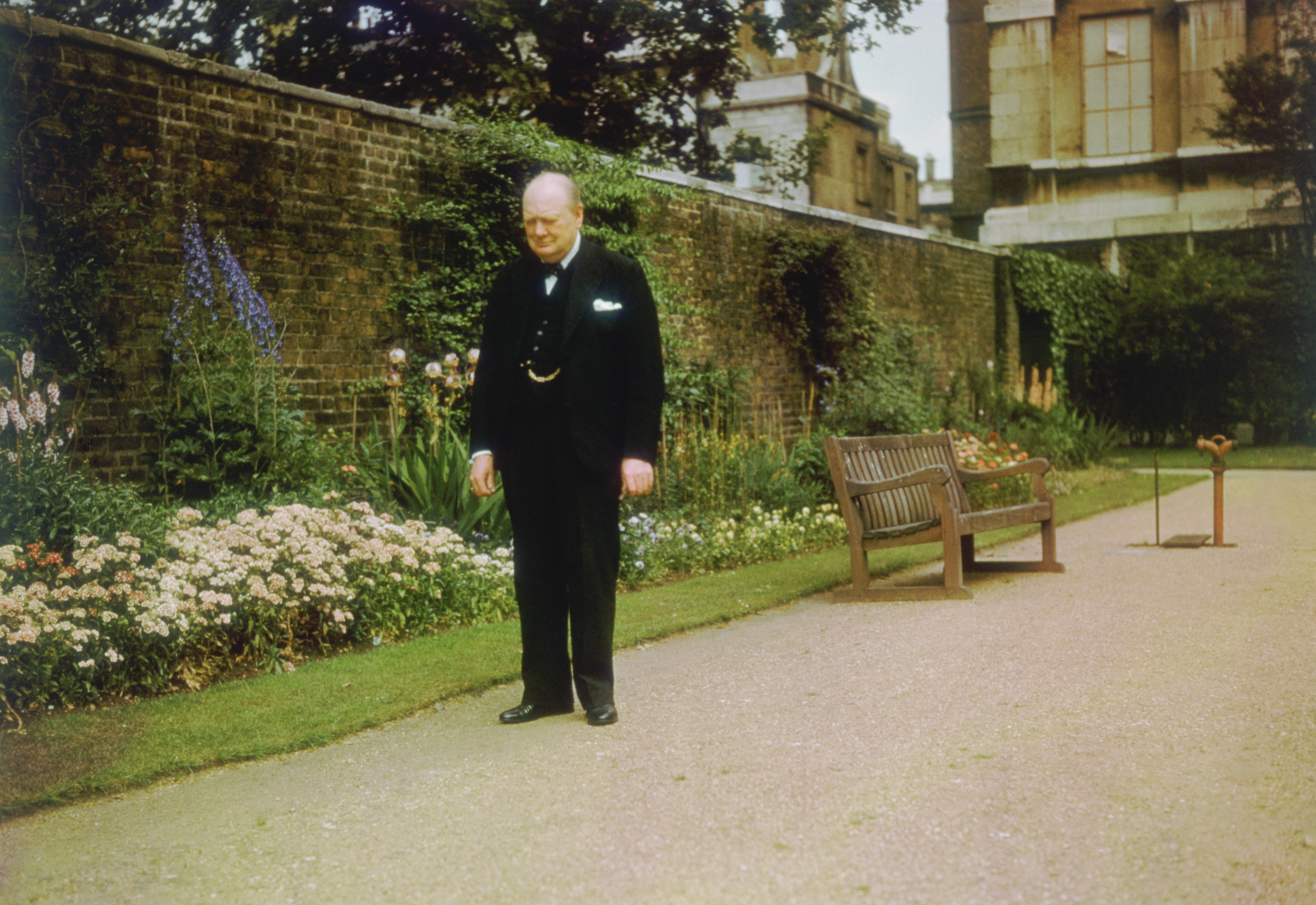The house that refused to die: Castle Howard's spectacular 21st-century renaissance
'Molten lead cascaded from the roof into the centre hall, and then the dome crashed to the ground, leaving the interior an inferno of blazing timber and shattered stonework.' 85 years on from the devastating fire at Castle Howard, restoration is still going on. Annunciata Elwes reports.
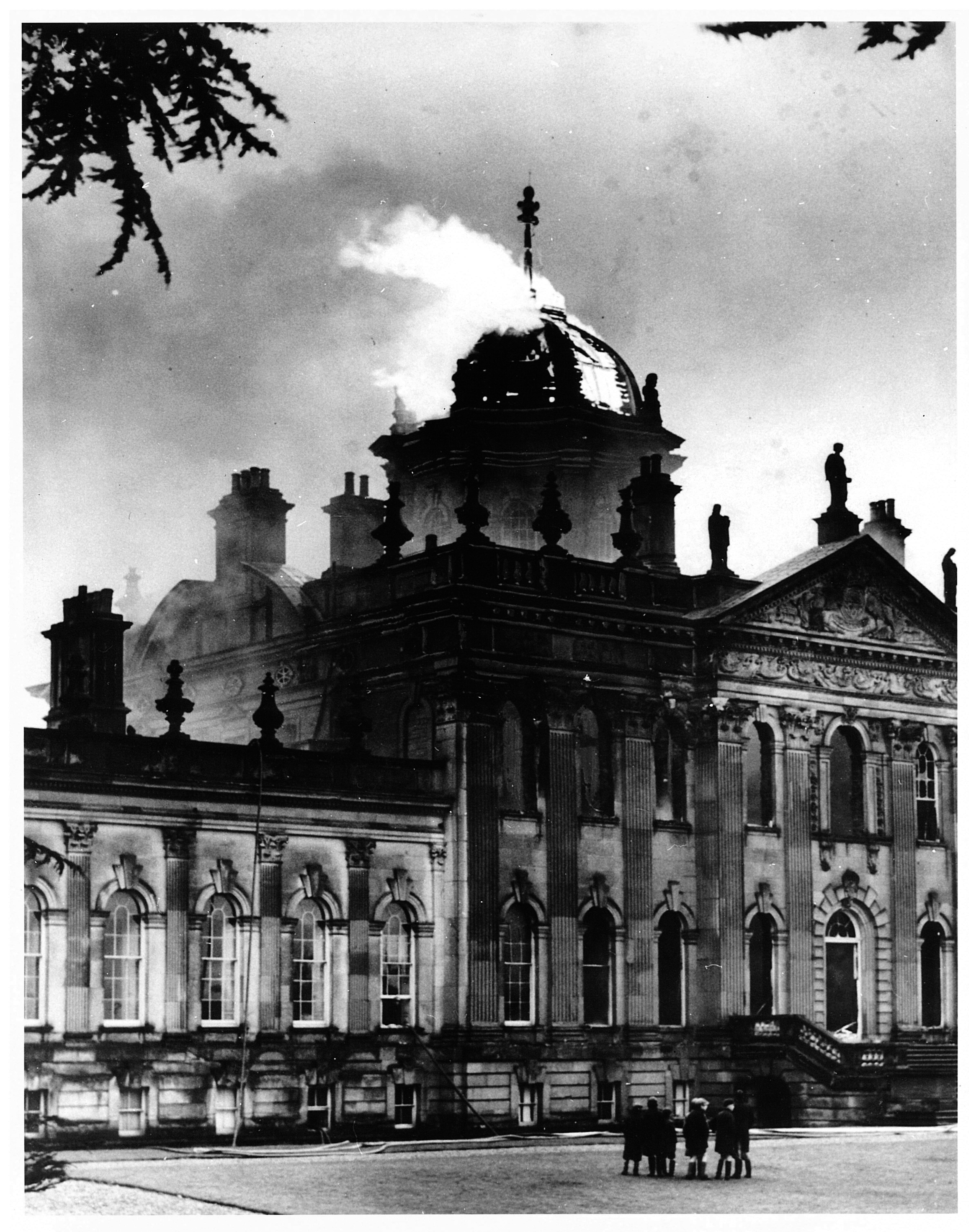

It's hard not to be moved, on visiting Castle Howard in North Yorkshire, by the row of gutted state rooms along the South Front, destroyed by fire in 1940. At the time, the building housed the evacuated Queen Margaret’s School and the 100 or so girls sleeping on the premises were integral in removing works by Lely, Tintoretto and Rubens and other valuables from danger. It took local fire brigades eight hours to control the blaze and Sir John Vanbrugh’s famous dome was destroyed, not to be restored until 1962, but the east and west wings were saved. The Yorkshire Post reported at the time: ‘The dome blazed like a beacon. Molten lead cascaded from the roof into the centre hall, and then the dome crashed to the ground, leaving the interior an inferno of blazing timber and shattered stonework. The roof covering the large dining-room and the six state rooms, which have been used as class rooms, fell in.’
Restoration has been ongoing for decades—income from the filming of Brideshead Revisited in the 1980s helped—and present custodians the Hon Nicholas and Victoria Howard have been working with architect Francis Terry and designers Remy Renzullo and Alec Cobbe. On April 25, the restored 18th-century Tapestry Drawing Room will be unveiled in an exhibit incorporating John Vanderbank’s original 1706 tapestries of the four seasons, dubbed ‘Castle Howard’s 21st-century Renaissance’.
A re-hang of the Grand Staircase and Long Gallery, including capricci of Rome by Panini commissioned by the 4th Earl of Carlisle, will also be revealed in anticipation of the 300th anniversary of Vanbrugh’s death next year. ‘The scale and ambition of this project is inspiring, embracing not only the representation of the collection, but turning to advantage the damage inflicted by the fire to create an entirely new room in the spirit of the Baroque,’ comments Country Life Architectural Editor — and fellow Yorkshireman — John Goodall.
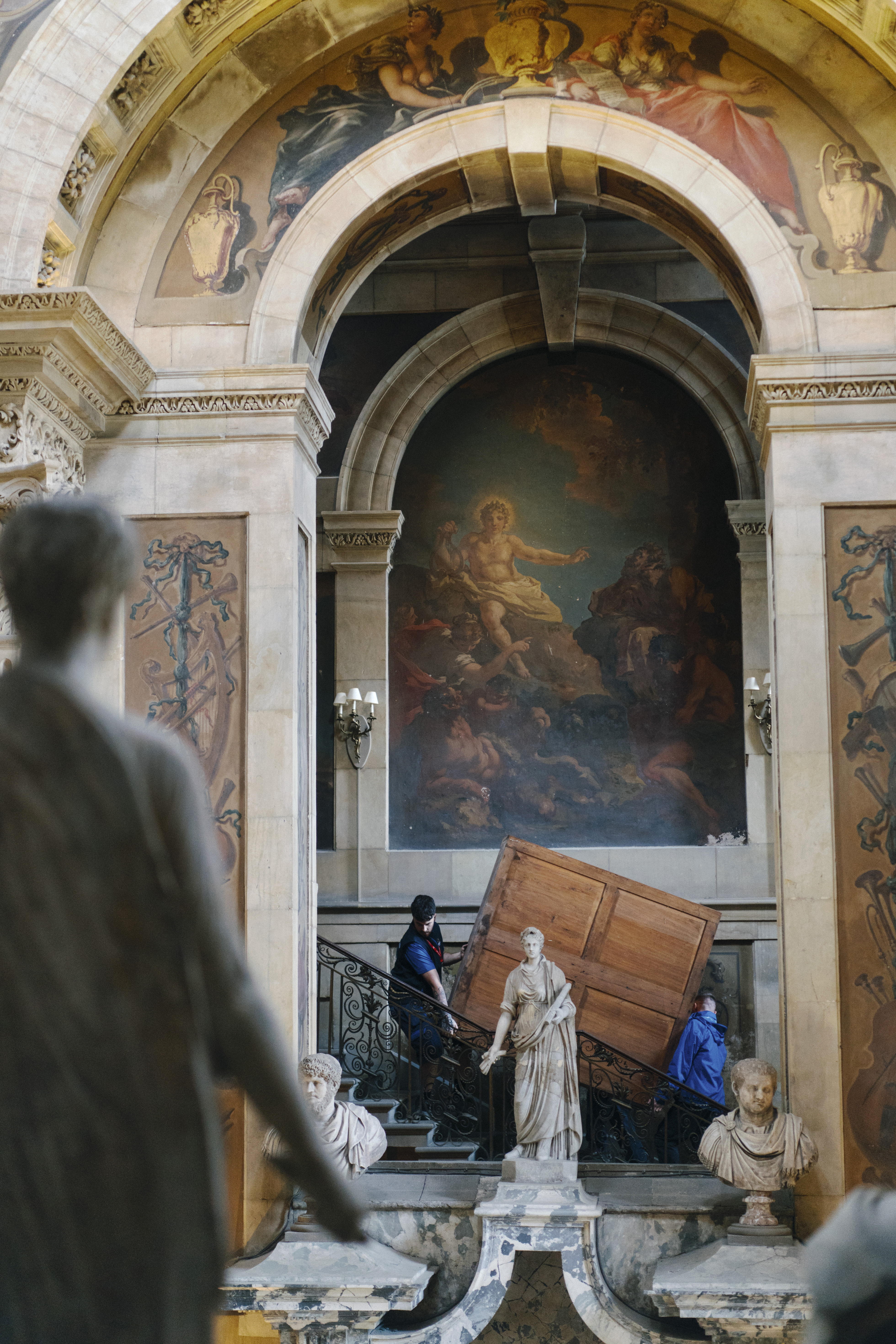
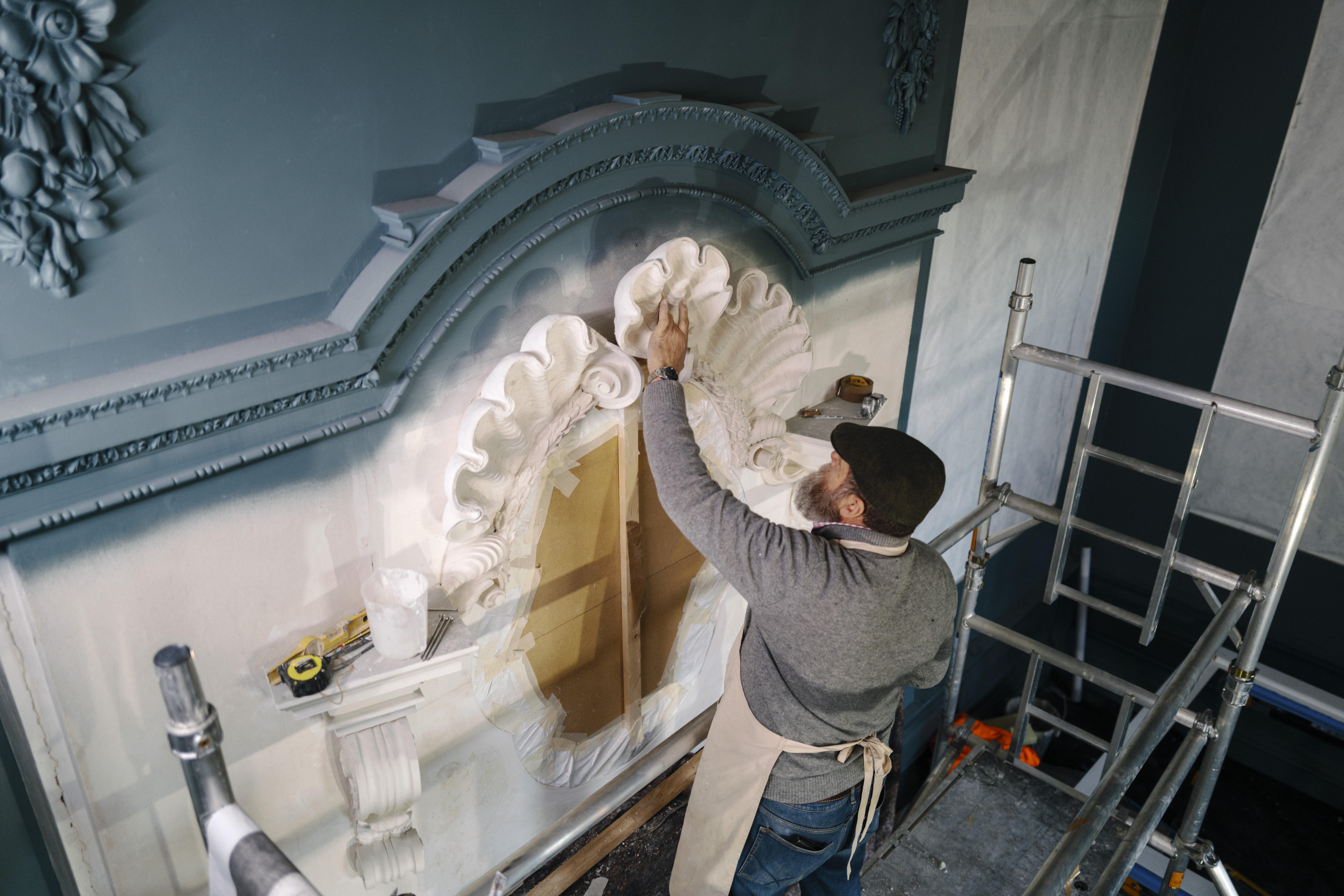
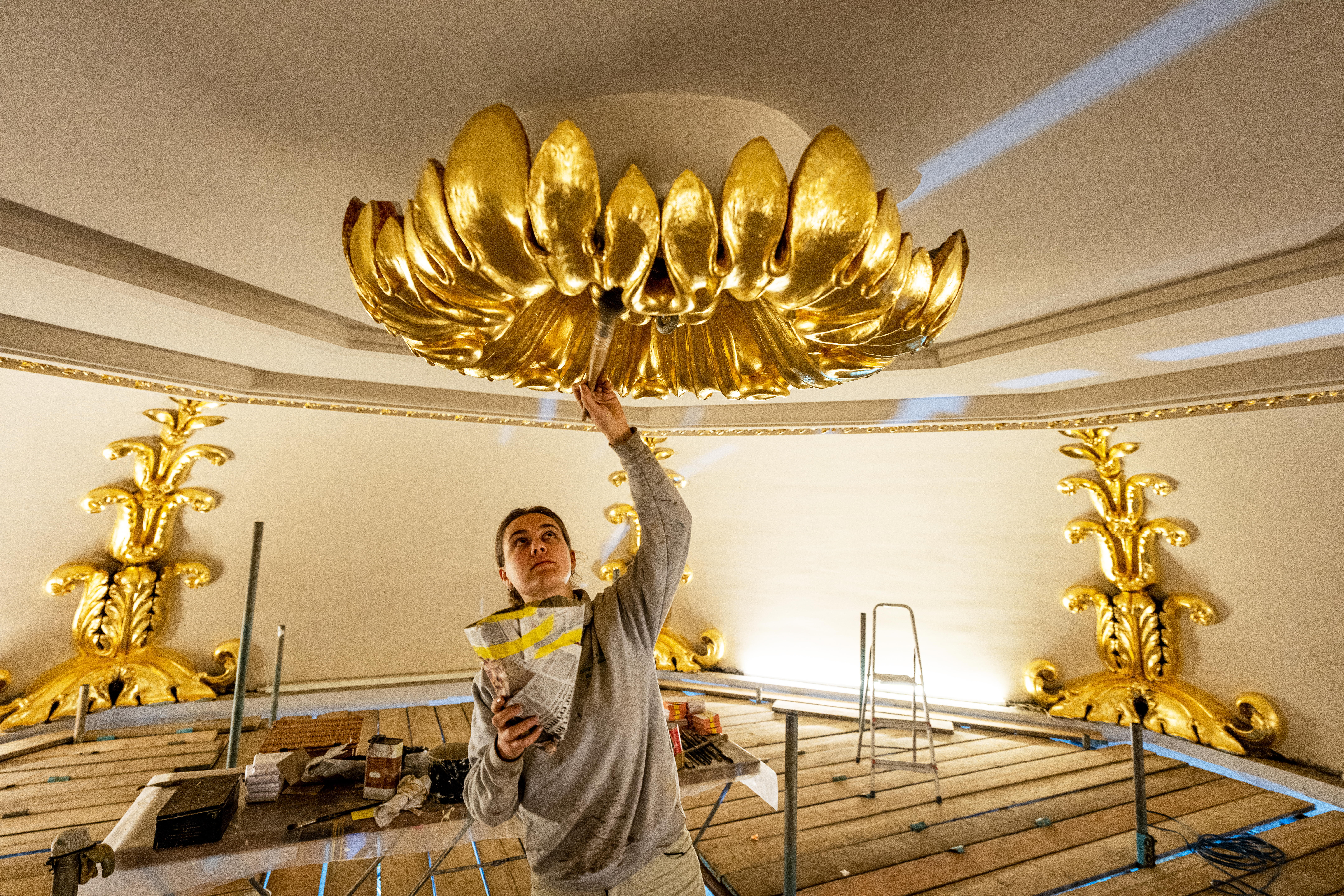
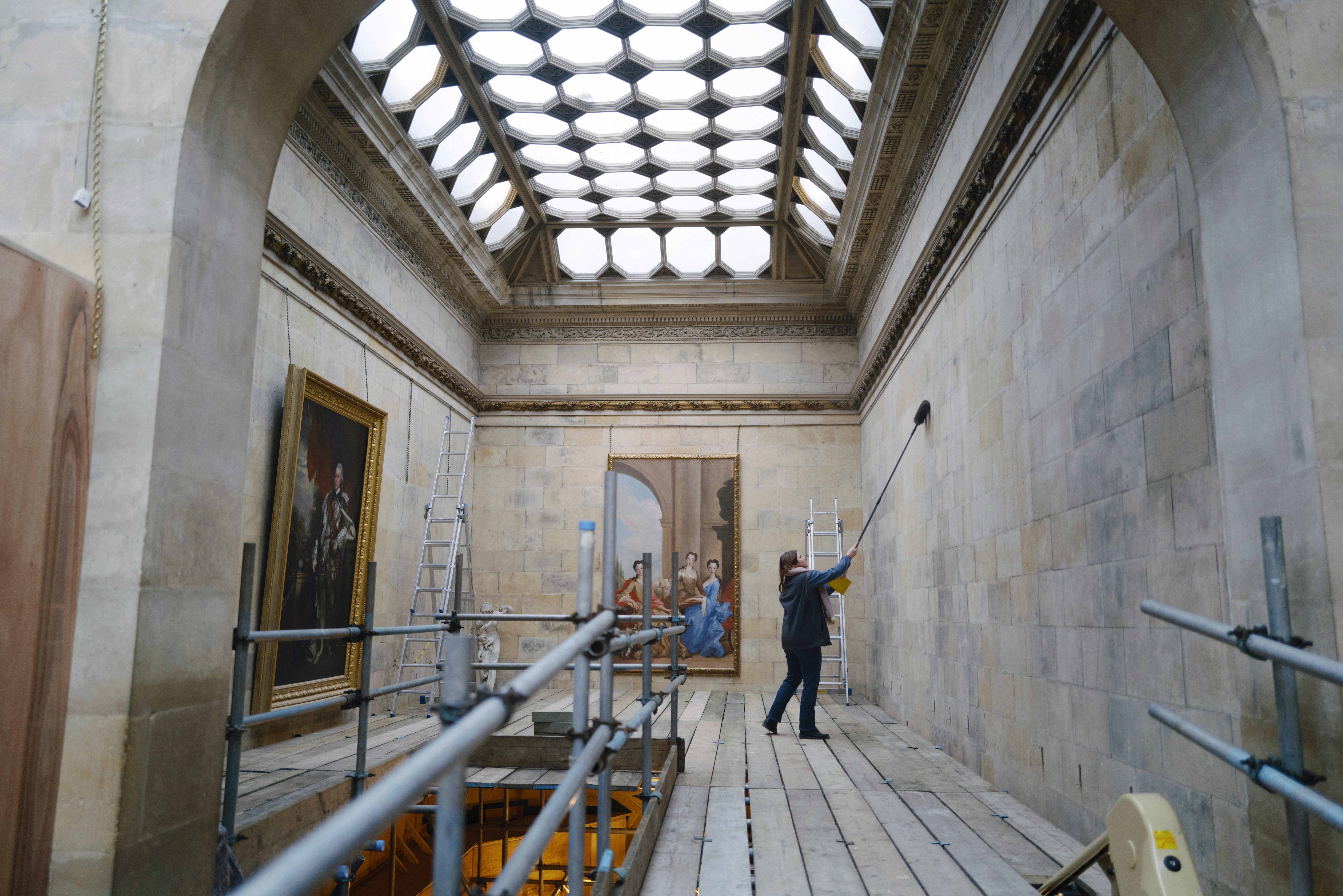
‘Every one of the nine generations who has lived in Castle Howard has enjoyed dancing with its particular aesthetic. We are no exception,’ say Mr and Mrs Howard.
‘From its inception 325 years ago, it has been a vivacious house, demanding lively evolution. During all that time, it has managed to achieve the duality of being both a family home and a place at which to marvel.
'The re-creation of the Tapestry Drawing Room is at the centre of our contemporary evolution. The evisceration of more than 20 rooms in the 1940 fire had the silver lining of once more allowing us to step into the creative process here. Spreading out from the Tapestry Drawing Room, we have re-purposed, re-hung and re-decorated, re-vivifying the house that has refused to die.’
Simon Thurley, historian and former chief executive of English Heritage, calls Castle Howard ‘magical, romantic, monumental… every few generations a wave of the wand of taste has renewed and revived its charms’. He praises the restoration of the state rooms as ‘a remarkable achievement, worthy of the ambitions of Castle Howard’s first builder and designers some 350 years ago’. Visit www.castlehoward.co.uk for opening hours.
Sign up for the Country Life Newsletter
Exquisite houses, the beauty of Nature, and how to get the most from your life, straight to your inbox.
Annunciata grew up in the wilds of Lancashire and now lives in Hampshire with a husband, two daughters and an awful pug called Parsley. She’s been floating round the Country Life office for more than a decade, her work winning the Property Magazine of the Year Award in 2022 (Property Press Awards). Before that, she had a two-year stint writing ‘all kinds of fiction’ for The Sunday Times Travel Magazine, worked in internal comms for Country Life’s publisher (which has had many names in recent years but was then called IPC Media), and spent another year researching for a historical biographer, whose then primary focus was Graham Greene and John Henry Newman and whose filing system was a collection of wardrobes and chests of drawers filled with torn scraps of paper. During this time, she regularly gave tours of 17th-century Milton Manor, Oxfordshire, which may or may not have been designed by Inigo Jones, and co-founded a literary, art and music festival, at which Johnny Flynn headlined. When not writing and editing for Country Life, Annunciata is also a director of TIN MAN ART, a contemporary art gallery founded in 2021 by her husband, James Elwes.
-
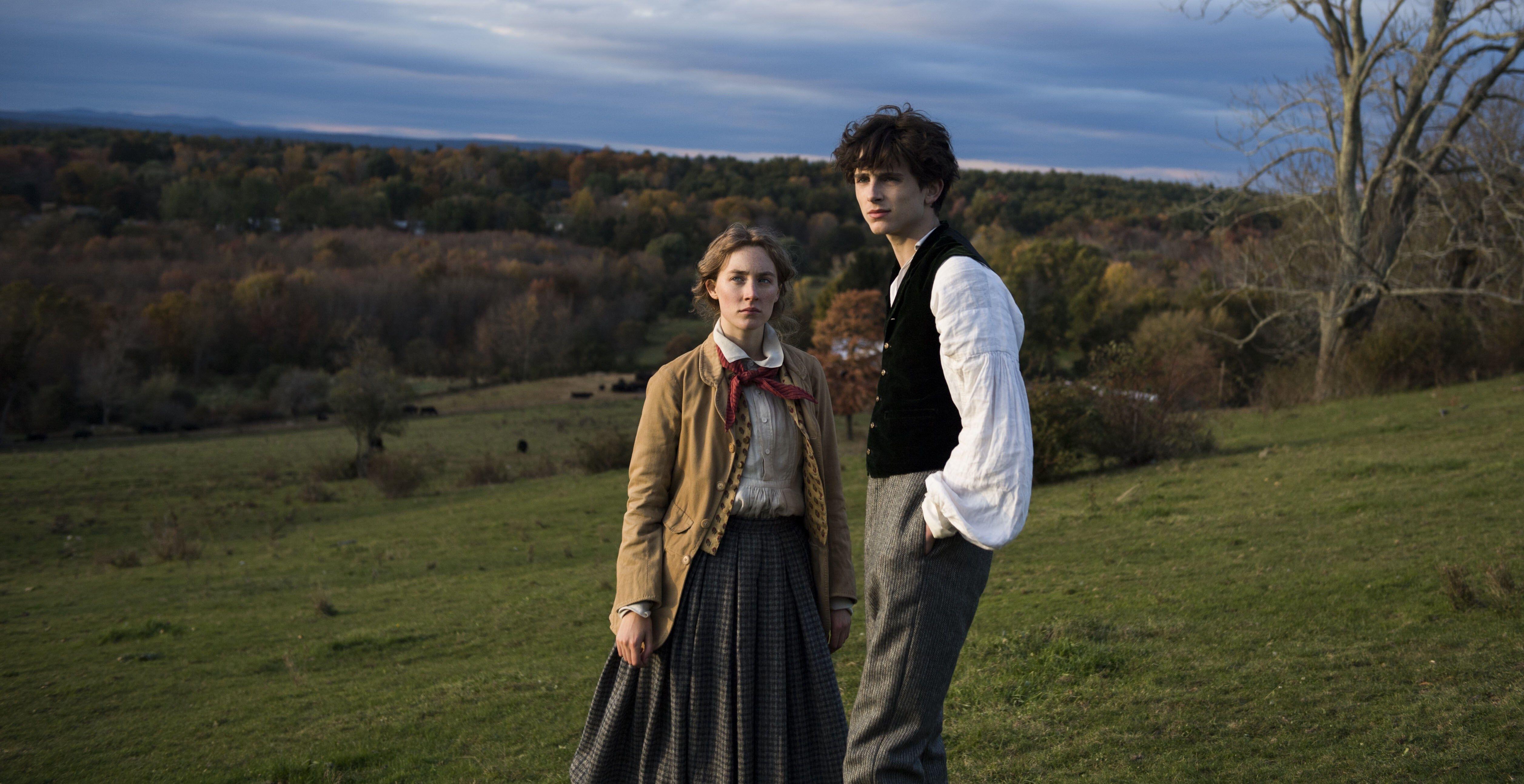 Garden gnomes and the March sisters: Country Life Quiz of the Day, May 7, 2025
Garden gnomes and the March sisters: Country Life Quiz of the Day, May 7, 2025Wednesday's Quiz of the Day features a clutch of famous literary sisters and some fast-moving bees.
-
 How many bees, Channel 4 and a Catch 22: Country Life Quiz of the Day, May 6, 2025
How many bees, Channel 4 and a Catch 22: Country Life Quiz of the Day, May 6, 2025Tuesday's Quiz of the Day features a famous road, nature and science.
-
 The heroine's name in 'Rebecca' and a strange coffee subsitute: Country Life Quiz of the Day, May 2, 2025
The heroine's name in 'Rebecca' and a strange coffee subsitute: Country Life Quiz of the Day, May 2, 2025Friday's Quiz of the Day has a rock legend, a delicate flower and much more.
-
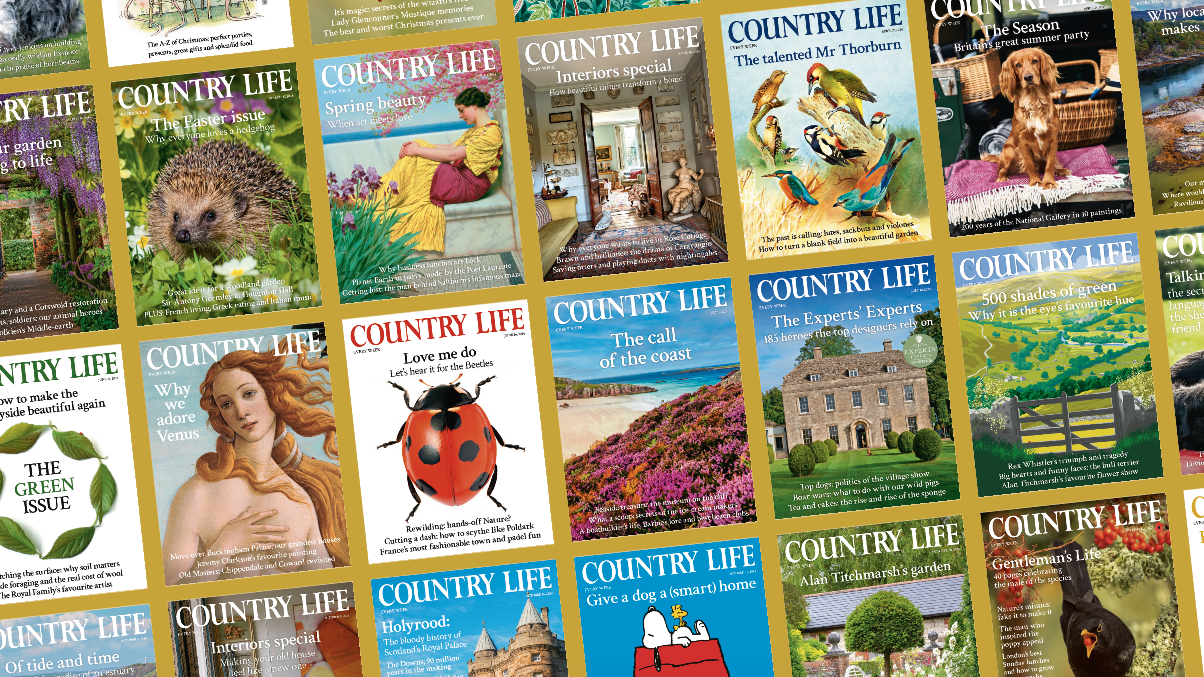 Country Life is hiring
Country Life is hiringChange is afoot at Country Life and we are looking for a new News & Property Editor, and a Luxury Editor.
-
 Britain's fastest mammal, a tropical tester and a Scottish estate: Country Life Quiz of the Day, May 1, 2025
Britain's fastest mammal, a tropical tester and a Scottish estate: Country Life Quiz of the Day, May 1, 2025Thursday's Quiz of the Day offers up a great country estate in Scotland.
-
 Puffins, the world's smelliest fruit and Einstein's socks: Country Life Quiz of the Day, April 30, 2025
Puffins, the world's smelliest fruit and Einstein's socks: Country Life Quiz of the Day, April 30, 2025Wednesday's Quiz of the Day wonders if you know what an 'interrobang' is.
-
 Lewis Hamilton, Claude Monet and the Four Horsemen of the Apocalypse: Country Life Quiz of the Day, April 29, 2025
Lewis Hamilton, Claude Monet and the Four Horsemen of the Apocalypse: Country Life Quiz of the Day, April 29, 2025Tuesday's Quiz of the Day looks back at Lewis Hamilton's first win and ponders on the meaning of greige.
-
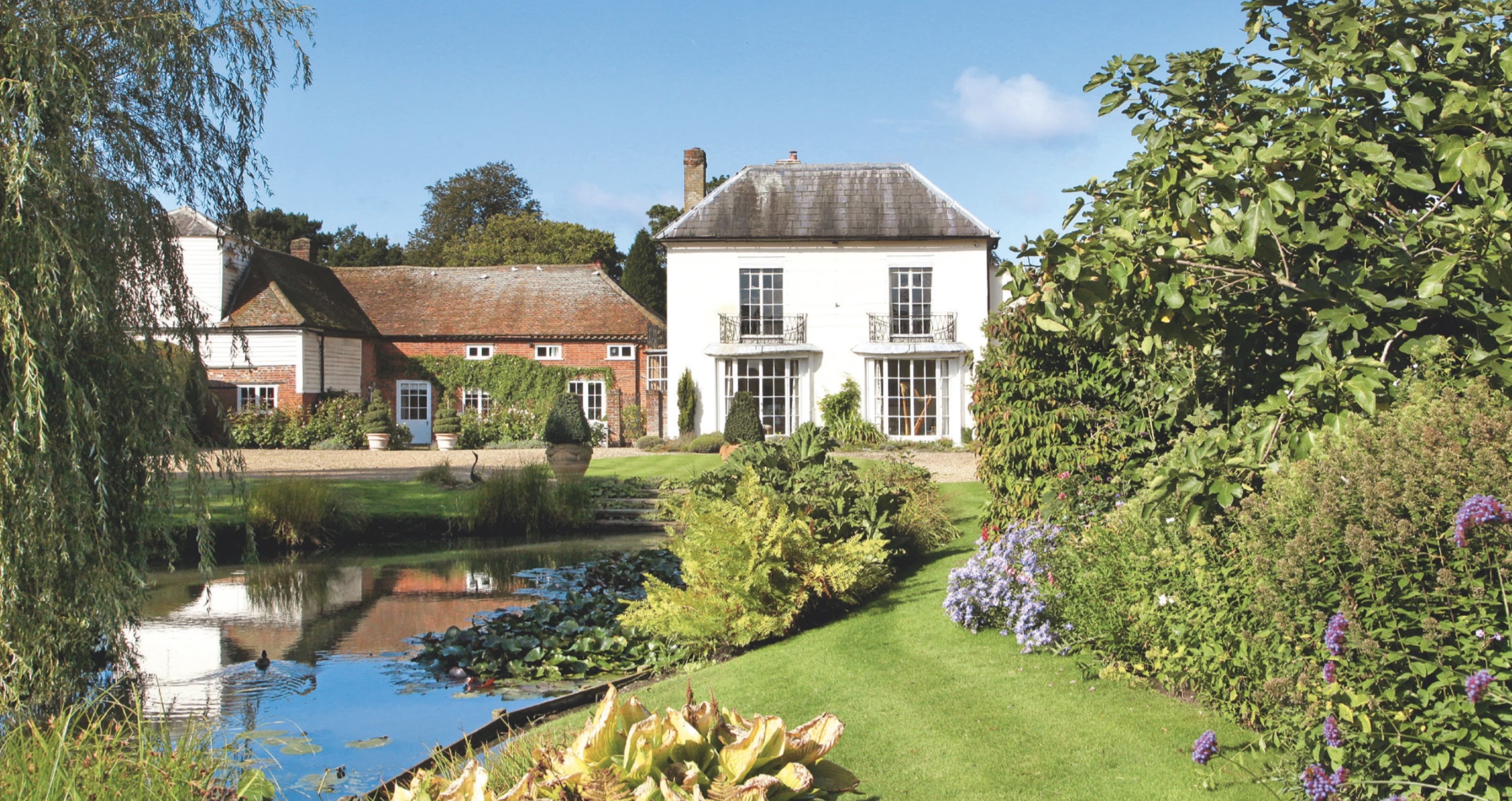 Lions, country houses and the killer of a king: Country Life Quiz of the Day, April 28, 2025
Lions, country houses and the killer of a king: Country Life Quiz of the Day, April 28, 2025Monday's Quiz of the Day brings a beautiful Berkshire house, Macbeth and an Old Testament prophet.
